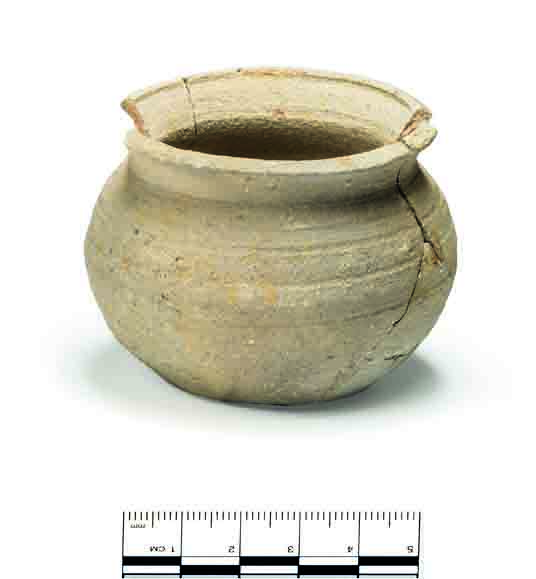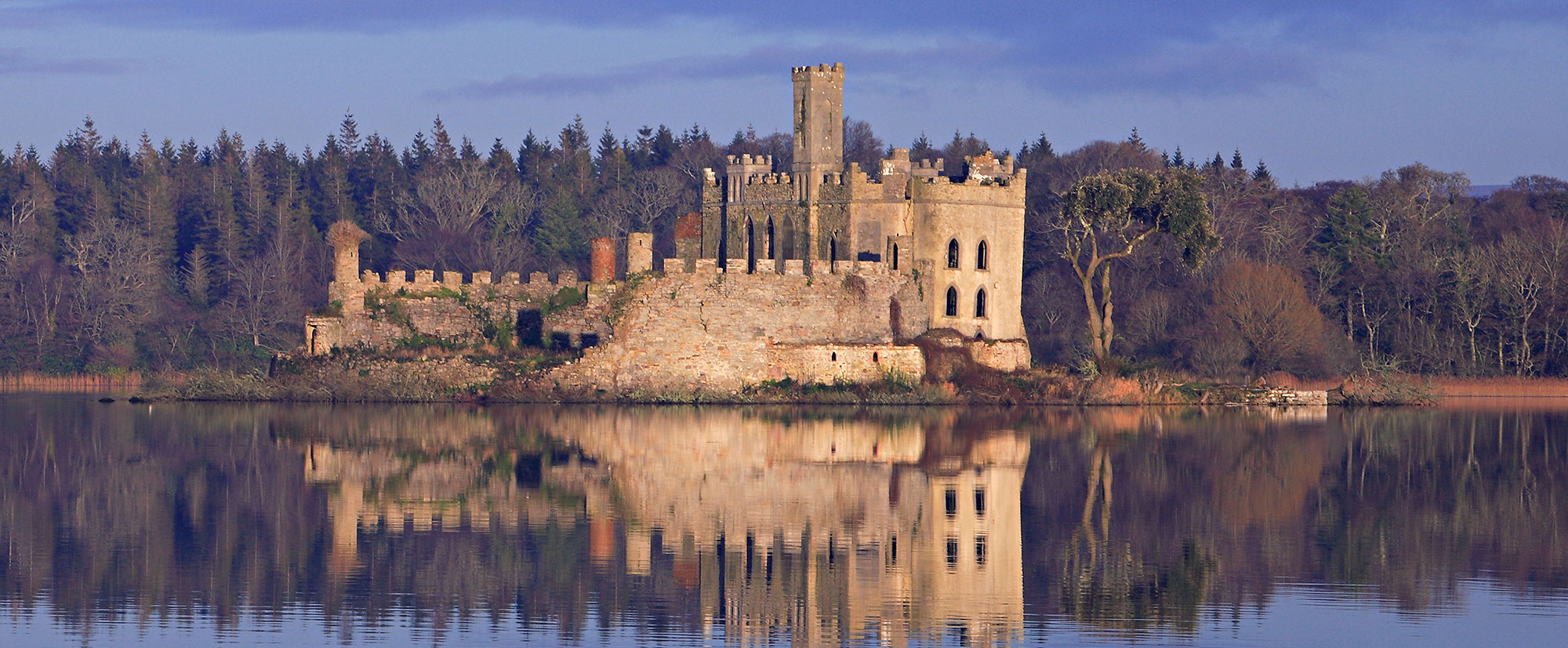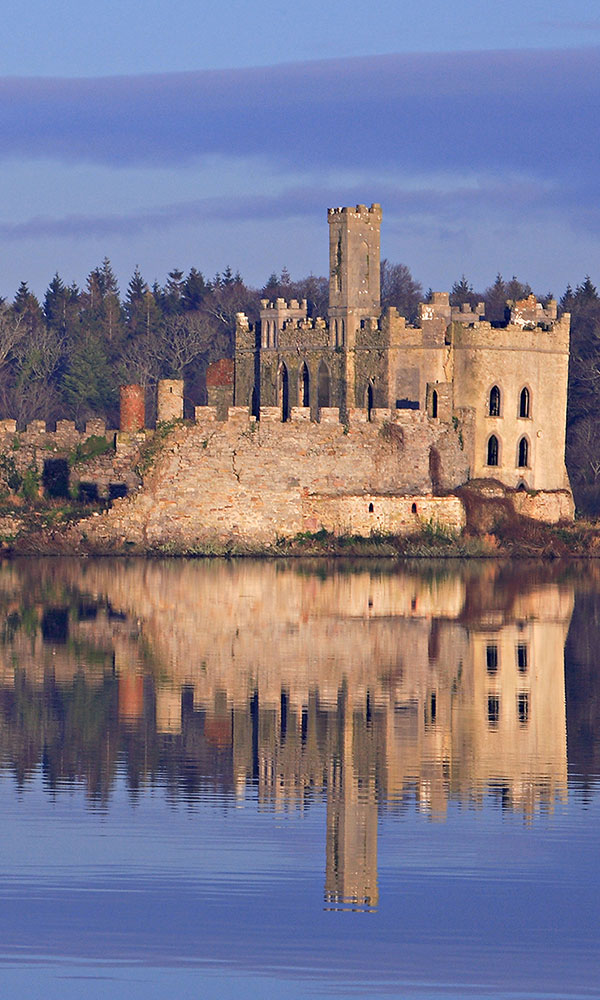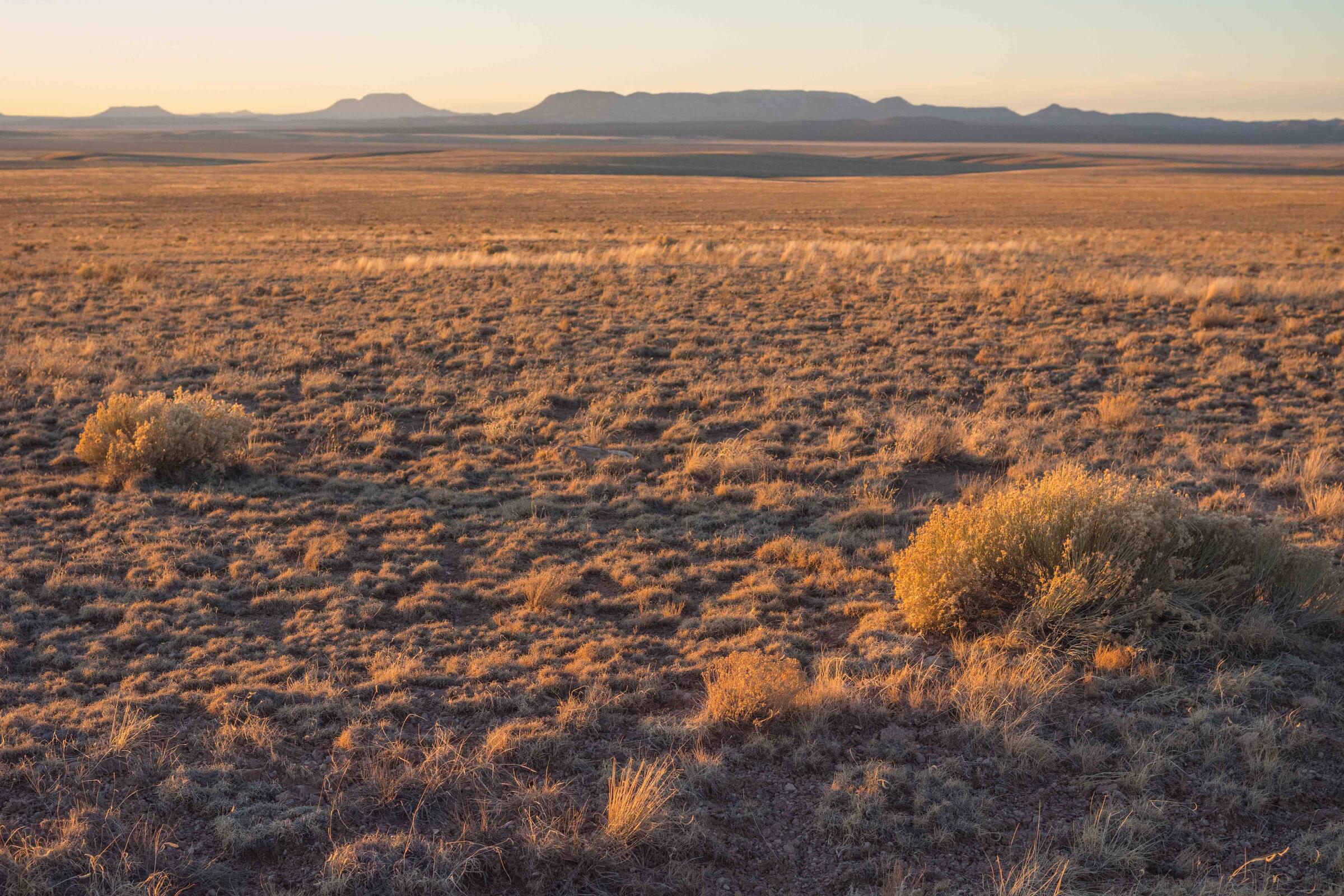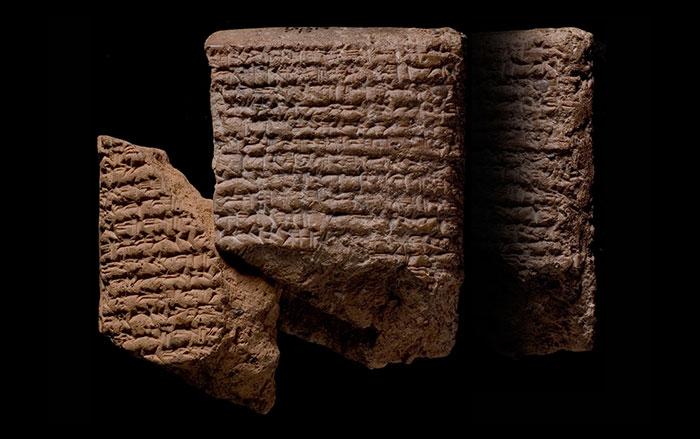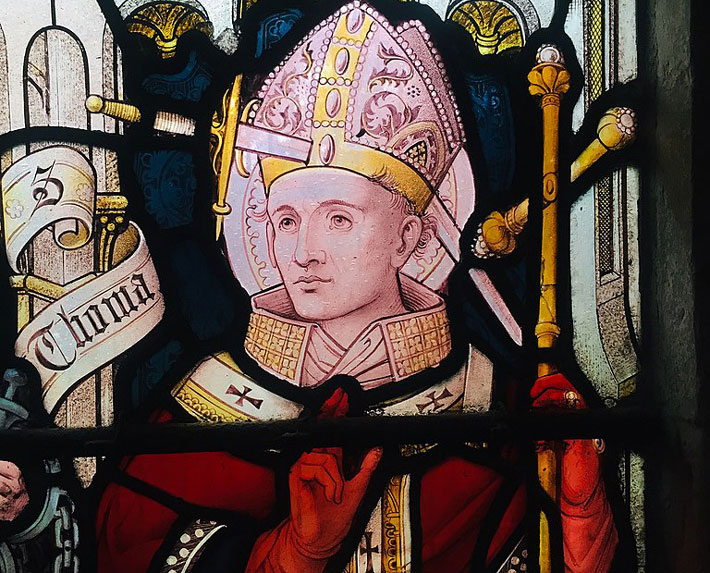
NOTTINGHAM, ENGLAND—Analysis of an ice core from the Colle Gnifetti glacier in the Swiss-Italian Alps by Christopher Loveluck of Nottingham University and his colleagues suggests that a spike in the amount of lead in the air can be linked to the late twelfth-century death of Thomas Becket, the Archbishop of Canterbury, according to a BBC News report. Atmospheric modeling indicates that the lead in the ice core was carried to the European Alps on winds from British mines, and tax records show that in the late twelfth century, lead and silver were mined in England’s Peak District and in Cumbria. Becket was assassinated by four knights in 1170 after a disagreement with King Henry II over the powers of the church. “To get himself out of jail with the Pope, Henry promised to endow and build a lot of major monastic institutions very, very quickly,” Loveluck said. The massive amount of lead used to roof the monasteries is reflected in the amount of pollution in the ice core, he explained. The level of lead in the atmosphere at the time was similar to the amount of pollution recorded in the Industrial Revolution of the late nineteenth century, he added. For more on increased lead levels throughout history, go to "The Lead Standard."




